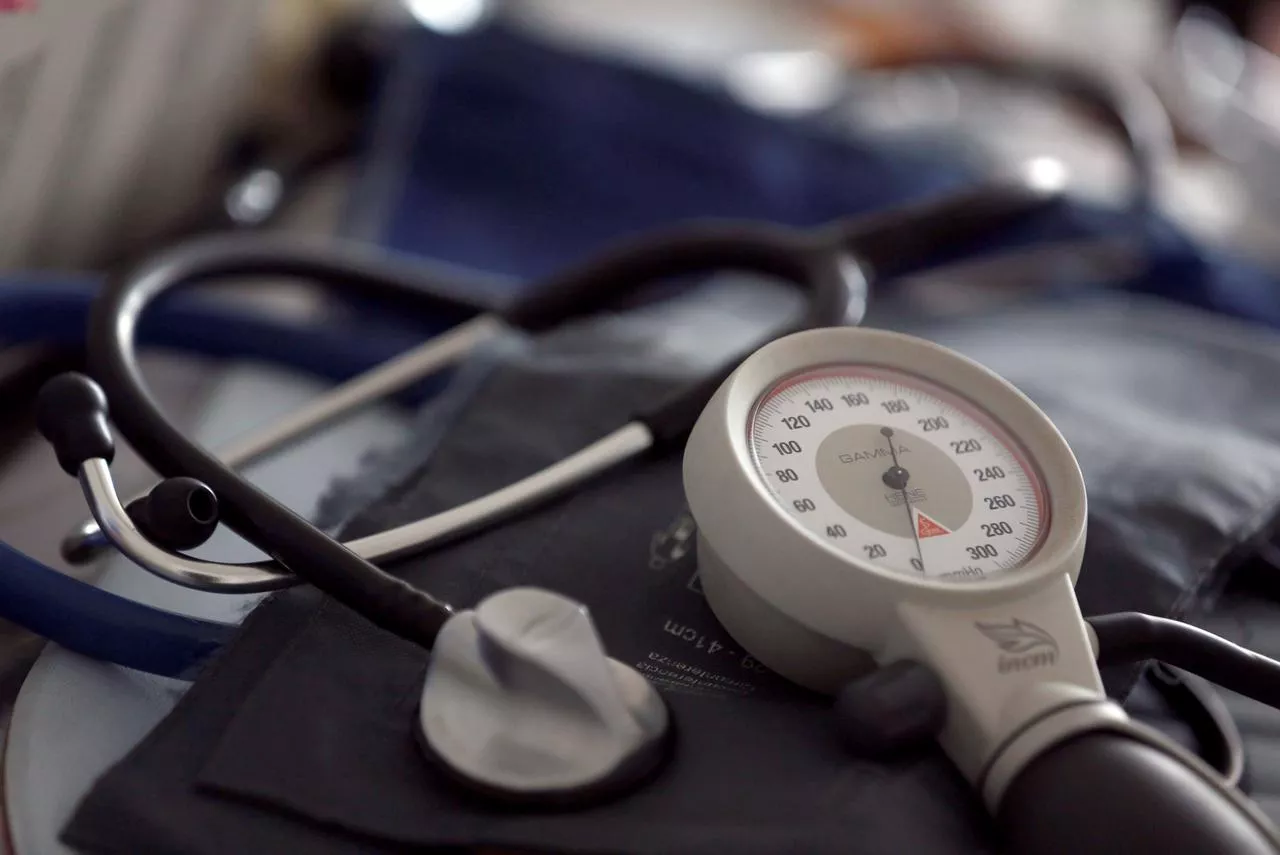Our looming public health challenge
Maybe the corona epidemic can spark a social movement.
In the coming days, existing inequalities between developed and developing countries will manifest even more starkly in the way these countries prevent and control the spread of the coronavirus epidemic. Pakistan already has some of the worst health indicators in the region, thanks to low investment in the health sector—less than 1% of the GDP. In this dismal scenario, the coronavirus challenge will be huge on several counts. The sheer numbers of our large population make containment an uphill task: an average Pakistani household has 6.6 persons — twice as many as in China — and our population density is 287 persons per square kilometers as compared to 153 in China and 52 in Iran. The fact that 60 million of our people live below the poverty line, without access to clean potable water, adequate food, or shelter, further exacerbates our vulnerabilities.However, the unprecedented media hype created around the global epidemic also presents an opportunity to set our priorities straight: to invest more in public health interventions, introduce structural reforms, and the requisite legislation. On a priority basis, we need to implement a three-pronged approach to control the spread of epidemics in our country. Foremost, we need to start with revamping and overhauling our public sector epidemic control systems by establishing Epidemic Command and Control Centres at provincial, district and community levels. These centres should be guided by Strategic Epidemic Preparedness plans that include active surveillance through rapid response teams comprised of a diverse group of individuals such as healthcare providers, local government staff, civil defence personnel, teachers, and volunteers. The teams could conduct epidemiological investigations to help isolate cases and trace contacts, and also be engaged in health education and mass communication activities. We must also strengthen our routine health information systems to capture extraordinary health conditions and mobilise the response teams, which should be linked to district laboratories as well as facilities with isolation and quarantine wards. Such teams can be very useful in our efforts to combat communicable diseases, including polio and the yearly upsurge of dengue cases.
Another programmatic priority should be to reduce animal-to-human transmission of infections, including coronavirus. This warrants an inter-sectoral strategy with enhanced collaboration between the livestock, fisheries, food, health and agriculture departments and veterinary science professionals. We need to urgently construct modern abattoirs that function on scientific principles for safe meat storage, transportation, and waste disposal.
Our second priority should be to reduce the immunological vulnerabilities of our population, especially our mothers and children to infections which must be addressed through compulsory immunisation. To avoid low birth and preterm births, mandatory voluntary family planning services must be provided through all health facilities along with nutritional supplementation for young children and mass scale health education.
Our third priority should be directed to mitigate the impact of environmental factors in the spread of diseases. Necessary legislation must be enacted and fully implemented to ensure planned urbanization, construction of healthy dwellings that discourage overcrowding, and creation of salubrious environments by converting open spaces into green areas. Potable water quality standards must also be enforced by constructing new and repairing out-of-commission water treatment plants to clean the water flowing into and out of our cities. But most urgently, our sanitation infrastructure must be revamped and the piles of garbage inundating our cites — rife breeding grounds for diseases — must be removed.
At the turn of the nineteenth century, in the Western world, public health measures spearheaded by intellectuals, writers, and social reformers significantly lowered the spread of communicable diseases, much before the advent of antibiotics, vaccines, and economic prosperity. We too need a social movement to lower our susceptibility to biological threats and improve our population health. Maybe the corona epidemic can spark such a movement.
Published in The Express Tribune, February 10th, 2020.
Like Opinion & Editorial on Facebook, follow @ETOpEd on Twitter to receive all updates on all our daily pieces.


COMMENTS
Comments are moderated and generally will be posted if they are on-topic and not abusive.
For more information, please see our Comments FAQ